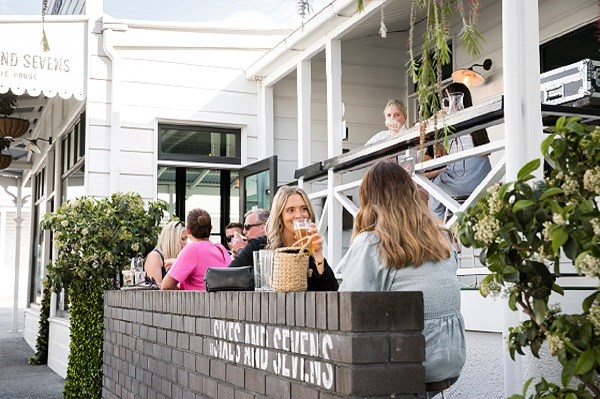 Dr Karen Horwood, senior lecturer at Leeds Beckett University and Charlotte Morphet, senior lecturer at Leeds Beckett University
Dr Karen Horwood, senior lecturer at Leeds Beckett University and Charlotte Morphet, senior lecturer at Leeds Beckett University
In 2022 the UK government consulted on revisions to the National Planning Policy Framework (NPPF) in England. Unusually, included within this was a question which spoke to the impact of planning on women:
“Do you think that the government should bring forward proposals to update the Framework as part of next year’s wider review to place more emphasis on making sure that women, girls and other vulnerable groups feel safe in our public spaces, including for example policies on lighting/street lighting?” (DLUHC, 2022)
This was of great interest to us, as academics working in the women and planning space, which focuses on the extent to which the needs of women and girls are considered when planning our towns and cities. We were delighted to see some engagement with the needs of women and girls in a planning consultation. And in the context of the national conversation about women’s safety following the murders of Sarah Everard and Sabina Nessa (alongside many less high-profile murders of women) during the COVID-19 lockdown we could see why this was the focus. This also reflected our experiences of the emphasis in speaking invites, student dissertations and the planning classroom, where issues of women’s safety are capturing the interest of planners.
There is so much more to consider than safety
However, whilst women’s safety has been a key concern of the feminist movement for decades, and of course is of huge importance when considering the needs of women and girls, we had become concerned that this was becoming the sole focus of women and planning related activity. We were also mindful of the often narrow response to such issues, which were reduced down to the relatively easy to implement CCTV and lighting, rather than a more holistic engagement with the many ways that the planning of our towns and cities impact on this area of concern. This does a disservice to the rich work undertaken in the past by the women and planning movement from the 1970s onwards and risks less progress being made to address the wider issues they raised.
We felt it important to recognise the interest of the planning profession in improving women’s safety, and build on this through providing tangible examples of how this response could be broadened to address and wider range of women’s safety concerns. In our article ‘Women’s safety: A consideration of the role of planning through the Capability Model’, published by Built Environment, we explore the ways in which safety has been engaged with in the past, and the ways it is being discussed now. By looking at contemporary work being undertaken by the Greater London Authority, ARUP and the West Yorkshire Combined Authority we expand our understanding of how planning practice is responding to concerns over the safety of women and girls.
Using Sen’s Capability Model to broaden planners understanding of safety
We then built on this by drawing on Sen’s Capability Model as a route into developing a broader understanding of the ways in which safety concerns intersect with planning practice. The Capability Model highlights that what matters is the extent to which individuals are able to access what is available to them, for example a green space may not be equally accessible to all if some people are fearful of using it or employment opportunities are not available to all if they are inaccessible by those reliant on public transport. This shifts the focus towards how women’s capabilities might be constrained by a poorly planned and designed built environment.
Through this model, we can see that initiatives planners might take to improve the safety of women have a wider impact. Rather than simply being an end in themselves, safety measures become a conduit for enabling women to use the city as full citizens. They are a way of ensuring women’s full capabilities are met. The capability model thus provides the potential for a lens for making the connection between safety and how it intersects with the broader remit of planning activity. Examples included in the paper range across key planning concerns of housing including quality, size and affordability, transport, public space, employment and active travel. These speak to the issues raised by the women and planning movement over the last decades and result in a more holistic engagement that builds upon the current engagement within the profession.
The full paper is available at https://www.alexandrinepress.co.uk/built-environment/towards-women-led-urbanism or through the Leeds Beckett repository https://eprints.leedsbeckett.ac.uk/id/eprint/10402/
Dr Karen Horwood, Leeds Beckett University, [email protected]
Dr Karen Horwood is a senior lecturer at Leeds Beckett University, with a research focus of Women and Planning. She is the gender mainstreaming lead for Women in Planning, and in 2019 she convened the Women and Planning Conference held in Leeds and founded the Women and Planning Research Group.
Charlotte Morphet, Leeds Beckett University, [email protected]
Charlotte Morphet is a senior lecturer at Leeds Beckett University, undertaking a doctorate focused on women in leadership roles in planning. She is the co-founder of Women in Planning and a chartered member of the Royal Town Planning Institute.


